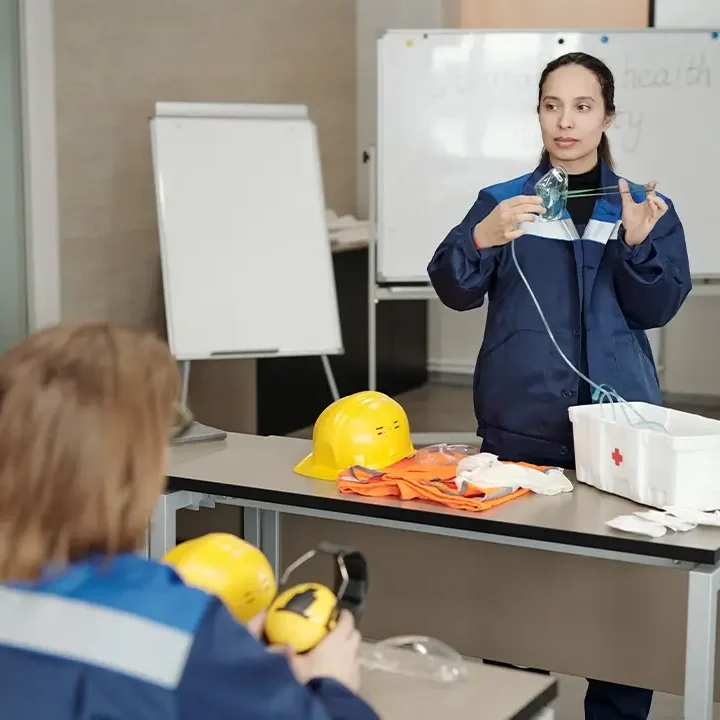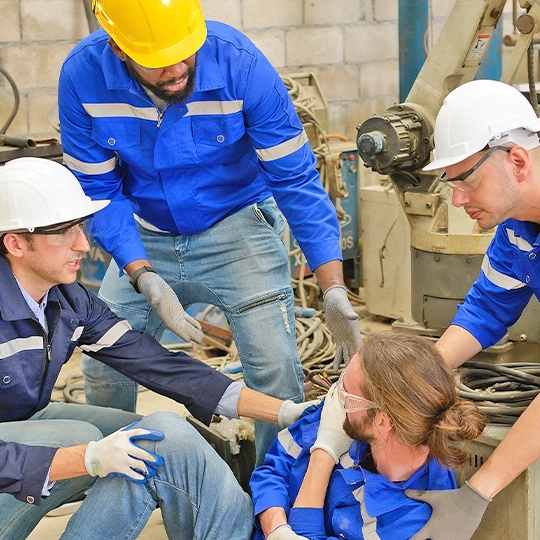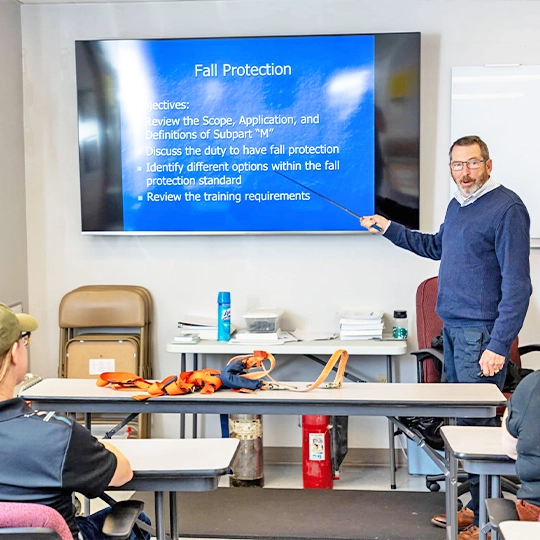Personal Protective Equipment Training

Our Personal Protective Equipment (PPE) Training program is designed to ensure that employees understand the importance of PPE and know how to use it correctly to protect themselves from workplace hazards. This comprehensive training covers various types of PPE, proper usage techniques, maintenance, and compliance with OSHA standards.
By completing this training, workers will be better equipped to safeguard their health and safety on the job.





